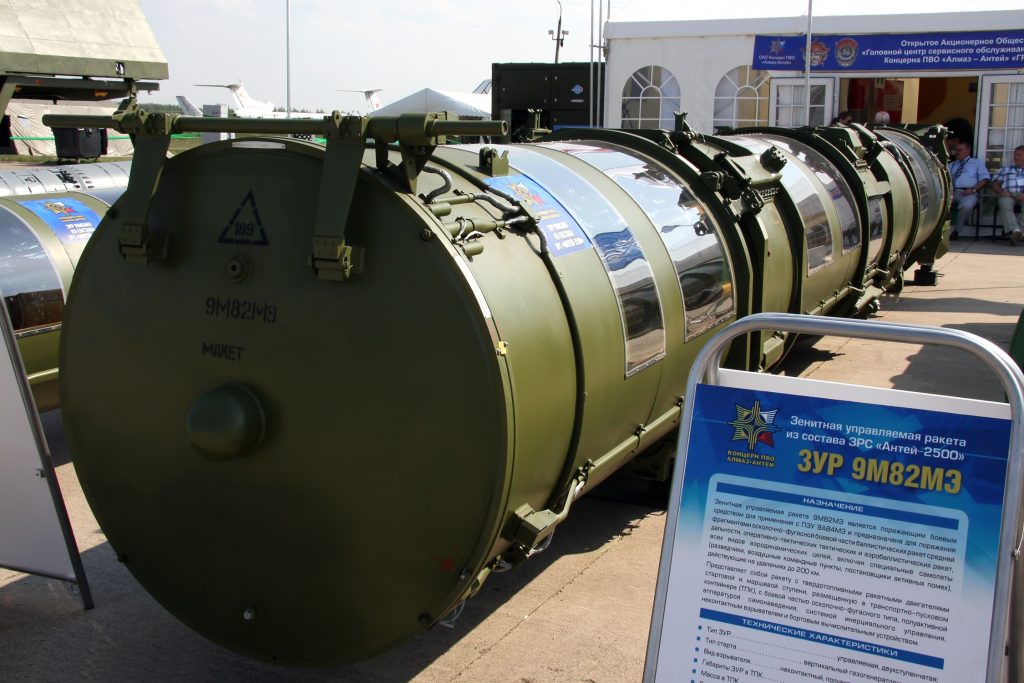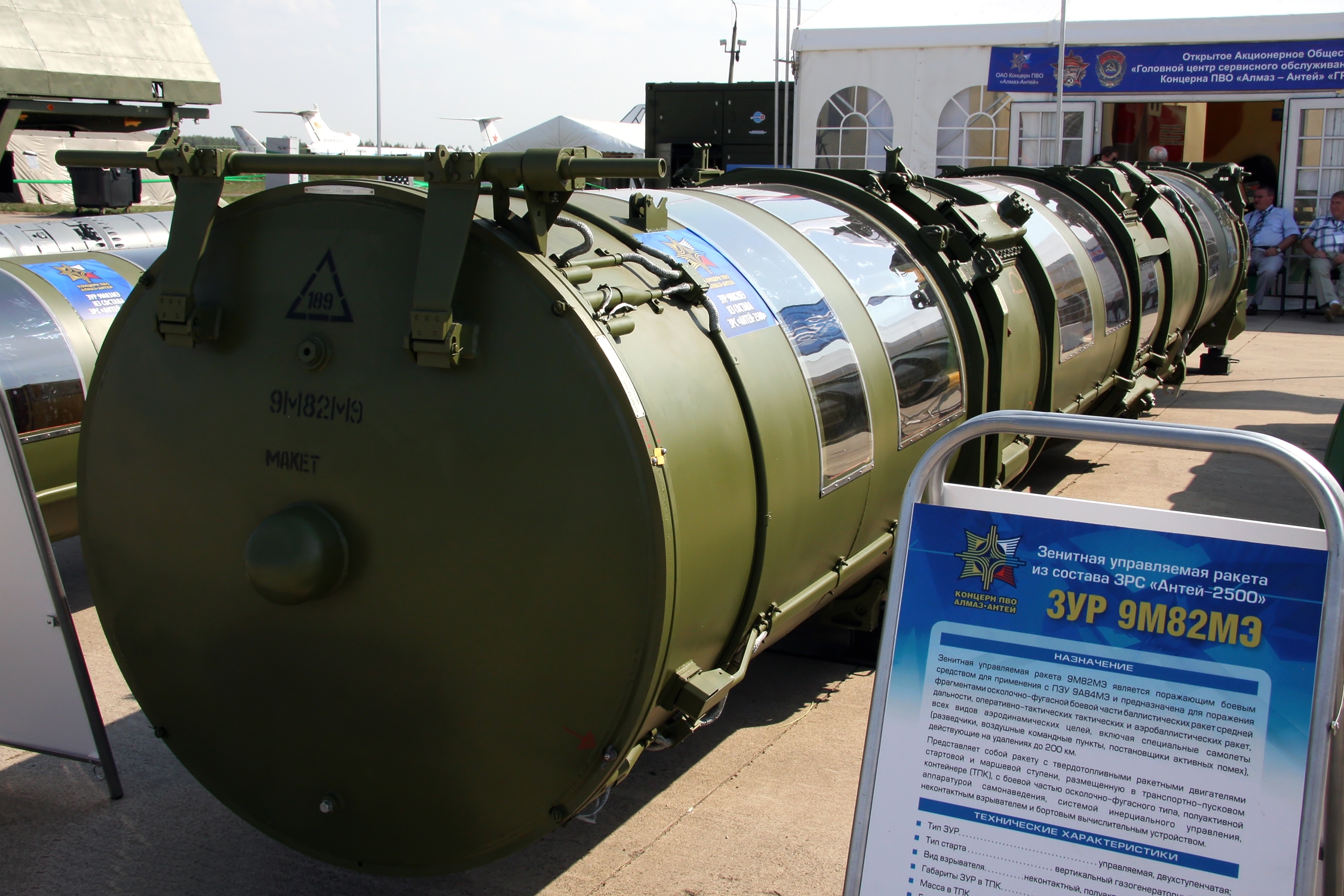
Germany is set to host advanced U.S. missiles designed to deter Russia under a plan initiated during the Biden administration, though formal confirmation from the previous Trump administration remains pending.
The matter revolves around a July 2024 declaration by Germany and the United States, made during a NATO summit in Washington, which outlined Germany’s role in enabling “episodic deployments” of long-range fire capabilities from the U.S. Army’s Wiesbaden-based Multi-Domain Task Force starting in 2026.
Over a year later, with a new U.S. administration in place, Berlin’s defense ministry officials told Defense News that they believe the plan remains active. A ministry spokesperson stated last week via email: “The federal government has no indications that the U.S. side has withdrawn from the temporary stationing of long-range cruise missiles in Germany.”
However, uncertainty remains regarding whether the Pentagon’s global posture review, under Defense Secretary Pete Hegseth, will align with the intentions outlined in last year’s agreement with Germany.
In particular, the precise location of the long-range fires unit attached to the 2nd Multi-Domain Task Force in Germany has not yet been finalized. Currently, the 3-12 Field Artillery Battalion is based at Fort Drum, New York, and is in the process of receiving weapons intended to strengthen NATO’s deterrence capabilities in Germany. The U.S. Army plans to activate the unit on October 16, according to a spokesperson from the 56th Theater Multi-Domain Command. The battalion will eventually grow from 240 to 540 soldiers.
Once fully operational, its arsenal is expected to include HIMARS rocket artillery, the Typhon launcher (capable of firing Tomahawk and SM-6 missiles), and hypersonic missiles. “At this time, we do not have any further information regarding unit rotation,” the spokesperson said, referring to the battalion’s deployment status.
Col. Jeffrey Pickler, commander of the 2nd MDTF near Wiesbaden, told Defense News that HIMARS deliveries to the stateside long-range fires battalion are closest to completion. For more sophisticated systems like Typhon, soldiers will need additional time to train, taking cues from a sister unit in the Pacific that already operates the system.
During multinational exercises in the Philippines, Australia, and Japan, the Army’s Typhon launcher—referred to as the Mid-Range Capability (MRC)—has already drawn China’s attention. The system can fire missiles up to 2,000 kilometers, potentially reaching Russian and Chinese military sites that could threaten Ukraine, Europe, and Taiwan.
Lockheed Martin, the Typhon manufacturer, is contracted to produce four batteries for the Army, each with four launchers and four cells, allowing 16 missiles to be loaded simultaneously. Production of the fourth battery began this summer, Edward Dobeck, Lockheed Martin’s program director for launch systems, told Defense News in July.
This brings in Germany’s second path to obtaining long-range missile capabilities. While Berlin and other European countries aim to eventually develop their own systems, Defense Minister Boris Pistorius told his U.S. counterpart in July that Germany views Typhon as a temporary solution. An initial request for information through the Pentagon’s Foreign Military Sales process is currently under review, though a German defense spokesperson declined to provide details.
If acquired, Germany would operate the system independently, unlike a U.S. Army Typhon-equipped unit in Europe, which would involve a host-operator arrangement. While Germany can fund the purchase of Typhon systems, it has little influence over potential changes to the U.S. Army’s European deployment, which officials are expected to announce this fall.
Christian Mölling, program director and defense analyst at the Bertelsmann Foundation, said speculation about the Pentagon review’s scope and impact on Germany is wide-ranging. “It’s all rumors at this point,” he noted, referring to Hegseth’s approach to controlling Pentagon information. “Reports range from significant changes to minor adjustments, since abandoning valuable U.S. military infrastructure in Germany would make little sense.”





